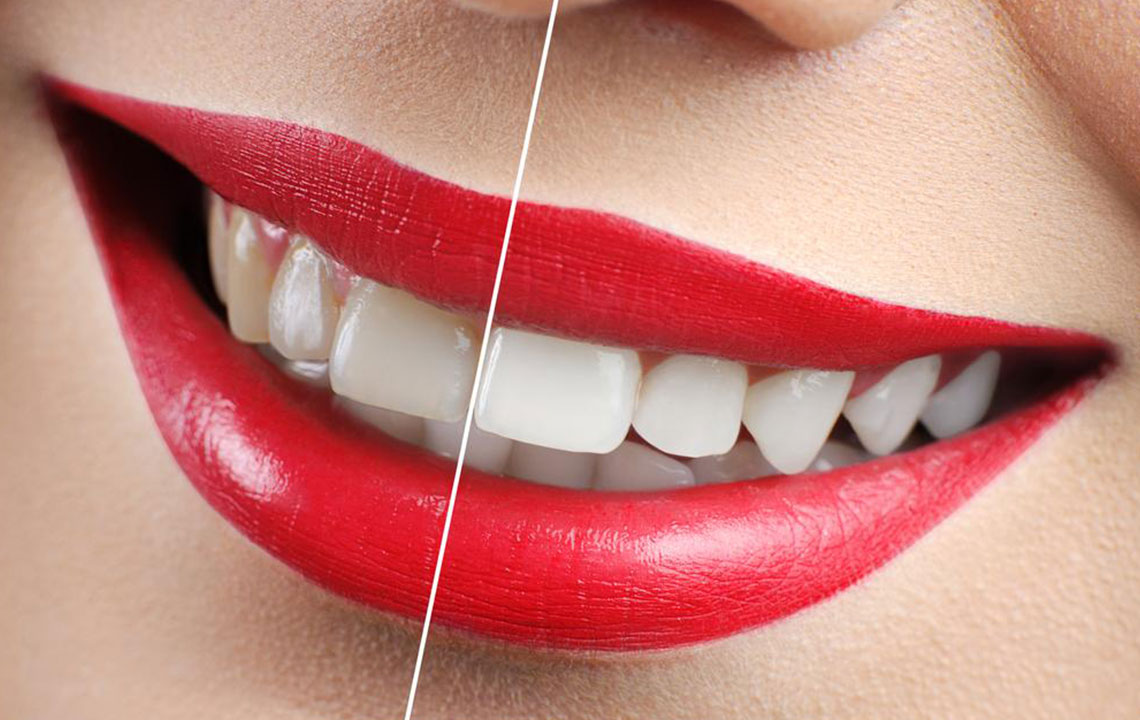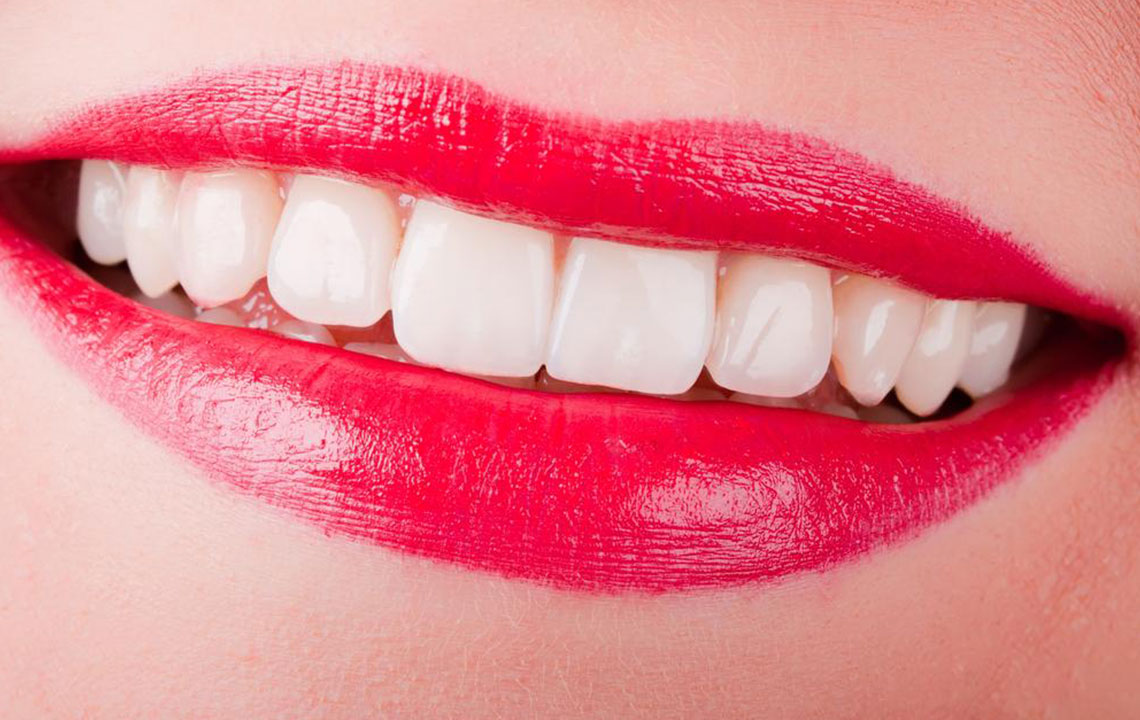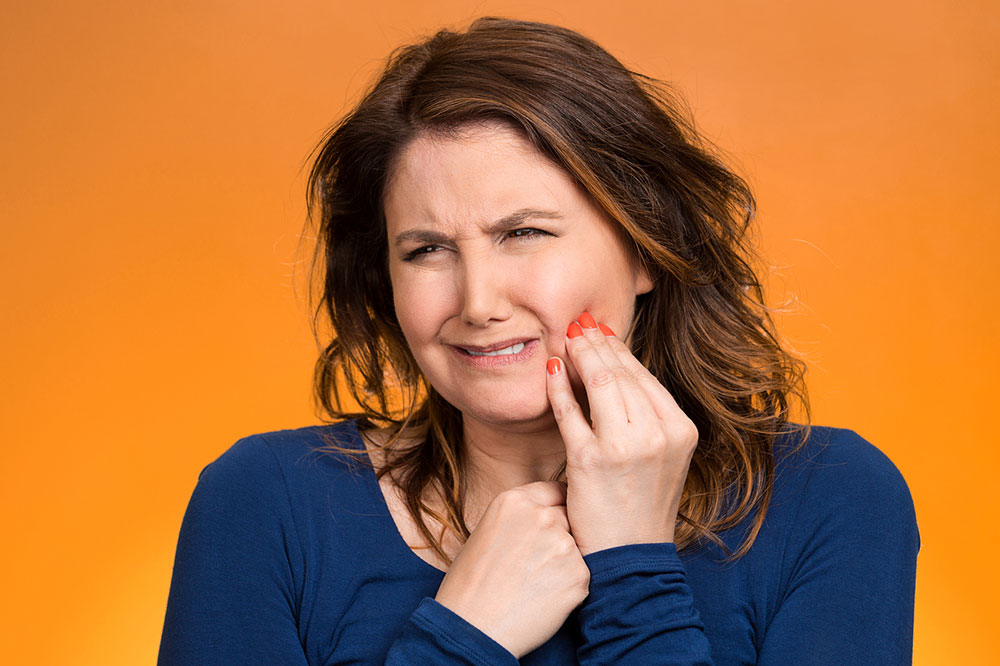Effective Strategies to Prevent and Treat Teeth Discoloration for a Brighter Smile
Achieving and maintaining a radiant white smile involves understanding the causes of teeth discoloration and implementing effective prevention and treatment methods. This comprehensive guide covers dietary tips, quitting tobacco, enhancing oral hygiene practices, and exploring whitening options—both over-the-counter and professional. Regular dental check-ups are essential for removing stubborn stains and keeping your teeth healthy. With consistent care and smart habits, you can enjoy a brighter, more confident smile that lasts for years. Protect your oral health and achieve the ultimate in dental aesthetics today.

Effective Strategies to Prevent and Treat Teeth Discoloration for a Brighter Smile
Maintaining a dazzling white smile is a common goal for many individuals, but various factors such as lifestyle habits, aging, and dietary choices can lead to teeth discoloration over time. If you frequently indulge in beverages like coffee, tea, or red wine, you might notice your teeth gradually adopting a yellowish or stained appearance. Fortunately, there are numerous effective methods and preventive measures available to help you combat teeth staining and restore your natural brightness. Whether you’re looking to prevent discoloration or seeking treatment options, understanding the causes and solutions can significantly enhance your dental health and aesthetic appeal.
Understanding the Causes of Teeth Discoloration
Teeth discoloration can result from various factors, including intrinsic and extrinsic causes. Extrinsic stains happen on the tooth surface due to external factors like consumption of staining foods and drinks, smoking tobacco, or poor oral hygiene. Intrinsic discoloration originates from within the tooth, often due to aging, trauma, certain medications, or excessive fluoride exposure during childhood. Recognizing these causes is essential in selecting the appropriate prevention and treatment strategies to maintain a bright, healthy smile.
The Role of Diet in Maintaining White Teeth
Consuming nutritious foods is one of the fundamental steps in preserving the whiteness of your teeth. A balanced diet rich in vitamins and minerals not only supports overall health but also strengthens enamel, making your teeth more resistant to staining. Fresh vegetables, fruits, and dairy products are excellent choices for promoting oral health. Incorporate crunchy vegetables like carrots and celery into your meals—they help clean teeth naturally and stimulate saliva production, which neutralizes acids and reduces plaque buildup. Seasonal produce, along with light, non-staining foods, can contribute to maintaining a bright, healthy smile.
In addition to improved oral hygiene routines, dietary modifications focus on reducing the intake of foods and beverages that tend to stain teeth, such as berries, soy sauce, and artificially colored candies. Drinking plenty of water during and after meals helps rinse away food particles and residual staining elements, protecting the enamel from discoloration.
Avoid Tobacco Products and Their Staining Effects
Tobacco use, whether through smoking cigarettes or chewing tobacco, is notorious for causing severe external staining and damaging tooth enamel. The tar and nicotine in tobacco products penetrate the enamel, leading to persistent brown or yellow stains that can be difficult to remove. Besides staining, tobacco impairs oral tissue health, increasing the risk of gum disease, bad breath, and even oral cancers. Complete cessation of tobacco use is crucial not only for preventing further discoloration but also for maintaining long-term oral and systemic health. Quitting smoking or chewing tobacco can dramatically enhance your chances of achieving a whiter, healthier smile.
Enhancing Oral Hygiene Practices
Maintaining optimal oral hygiene is pivotal in preventing and managing teeth discoloration. Regular brushing—at least twice a day with fluoride toothpaste—helps remove plaque and surface stains. Using an electric toothbrush can be more effective at cleaning hard-to-reach areas and removing surface discoloration. Incorporating daily flossing is essential for clearing food debris and plaque between teeth, where staining agents often accumulate.
Rinsing with an antiseptic mouthwash after meals not only freshens breath but also reduces bacteria and lingering stain-causing particles. Consider using whitening toothpaste that contains mild abrasives or chemical agents designed to break down surface stains for everyday use.
It’s advisable to schedule routine dental check-ups and professional cleanings. Dentists can remove stubborn stains through scaling and polishing, providing an immediate improvement in teeth whiteness. For more significant discoloration, professional whitening treatments can offer personalized and effective solutions, often yielding more dramatic results than over-the-counter options.
Over-the-Counter and Professional Teeth Whitening Options
When it comes to whitening products, the market offers a broad spectrum—from whitening toothpastes and strips to professional treatments at dental clinics. Over-the-counter products typically contain peroxide-based agents that help lighten stains over time. However, for deeper or stubborn discolorations, seeking professional dental whitening is advisable. Dentists can provide in-office bleaching treatments that utilize higher concentrations of whitening agents for faster and more noticeable results.
Before starting any whitening regimen, it’s essential to consult your dentist to determine the cause of your tooth discoloration and ensure that whitening procedures are safe for your dental health. Some intrinsic stains or existing dental restorations may not respond well to whitening treatments, requiring alternative options such as veneers or bonding.
Remember, maintaining the results of whitening treatments requires consistent oral care, dietary vigilance, and periodic touch-ups as recommended by your dental professional.
By adopting these comprehensive strategies—focused on diet, quitting harmful habits, maintaining good oral hygiene, and seeking professional care—you can effectively prevent and treat teeth discoloration. A brighter, whiter smile not only boosts your confidence but also reflects your commitment to excellent dental health. Remember, consistency is key in preserving your beautiful smile for years to come!





